Pakistan’s poverty reduction has stalled amid economic shocks: World Bank
Finance ministry clarifies higher poverty estimates reflect methodology changes, not sudden rise in country's poverty
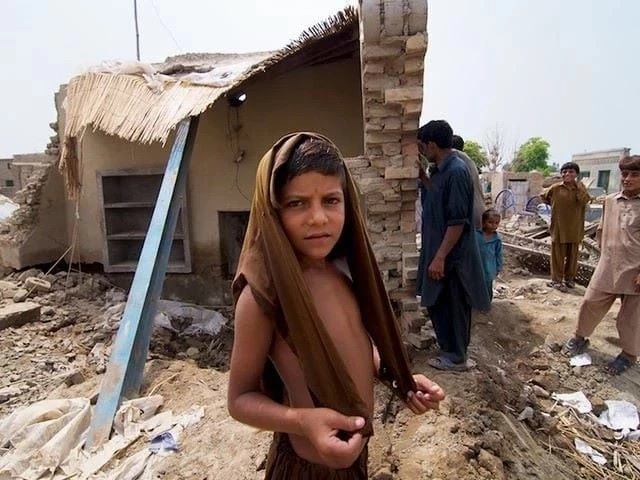
Pakistan's sharp decline in poverty has stalled in recent years due to economic shocks and a lack of structural reforms, the World Bank said on Tuesday.
The international lender said that between 2001 and 2015, a wave of urbanisation helped reduce the national poverty rate from 64% to 22% by 2019, as rural workers moved into informal urban jobs in sectors like transport, construction and trade.
However, that progress has since slowed, with poverty rising to 25% by 2024.
"The growth model that supported initial poverty reduction has proven insufficient to sustain progress," said a World Bank study. "Pakistan's once-promising poverty reduction trajectory has come to a troubling halt, reversing years of progress."
Fragile growth model
The report cited numerous shocks — including the COVID-19 pandemic, global inflation following the Ukraine war, and devastating floods in 2022 — as key setbacks.
It also pointed to weak fundamentals: low productivity in labor-absorbing sectors, poor public services, and limited access to education and training.
Many who escaped poverty remained just above the threshold, leaving them vulnerable to economic disruptions. The study used Pakistan's national poverty line; international measures suggest even higher rates.
Also Read: Pakistan floods batter fields, factories, fiscal plans
Further flooding in 2025 again hit growth, though less severely than in 2022.
Khurram Schehzad, adviser to the finance minister, acknowledged recent setbacks but said the government had expanded welfare programs, invested in job creation, and was working to better target subsidies.
"These priorities are aligned with the broader reform agenda, ensuring that Pakistan not only cushions vulnerable households against shocks but also creates the conditions for inclusive and sustained poverty reduction," Schehzad said.
The finance ministry stressed that the national poverty line remains the most appropriate benchmark for policymaking in Pakistan. According to the most recent official Household Survey (2018–2019), 21.9% of the population was living below the national Cost of Basic Needs line.
Read More: FBR admits Rs3.6tr sales tax gap
The ministry clarified that recent higher poverty estimates cited internationally largely reflect technical changes in methodology and adjustments in the global daily-dollar thresholds, rather than a sudden increase in domestic poverty.
At the federal level, multiple programmes are ongoing to alleviate poverty, including the Pakistan Poverty Alleviation Fund, Workers Welfare Fund, and Pakistan Bait-ul-Mal.
Provincial governments have also launched social protection and poverty reduction initiatives to address these challenges in a coordinated manner.
Additionally, the government is working to make subsidies more targeted and equitable, strengthen the social protection system, and increase investment in health and education to enhance human capital.
These priorities are part of a broader reform agenda aimed not only at shielding vulnerable populations from shocks but also at creating sustainable conditions for long-term poverty reduction.



1675249047-0/image-(18)1675249047-0-208x130.webp)
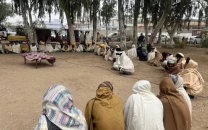
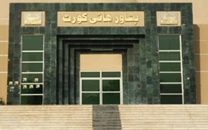

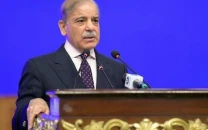
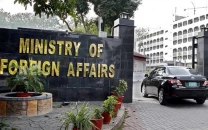

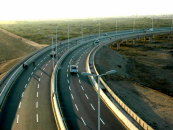

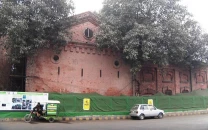








COMMENTS (1)
Comments are moderated and generally will be posted if they are on-topic and not abusive.
For more information, please see our Comments FAQ